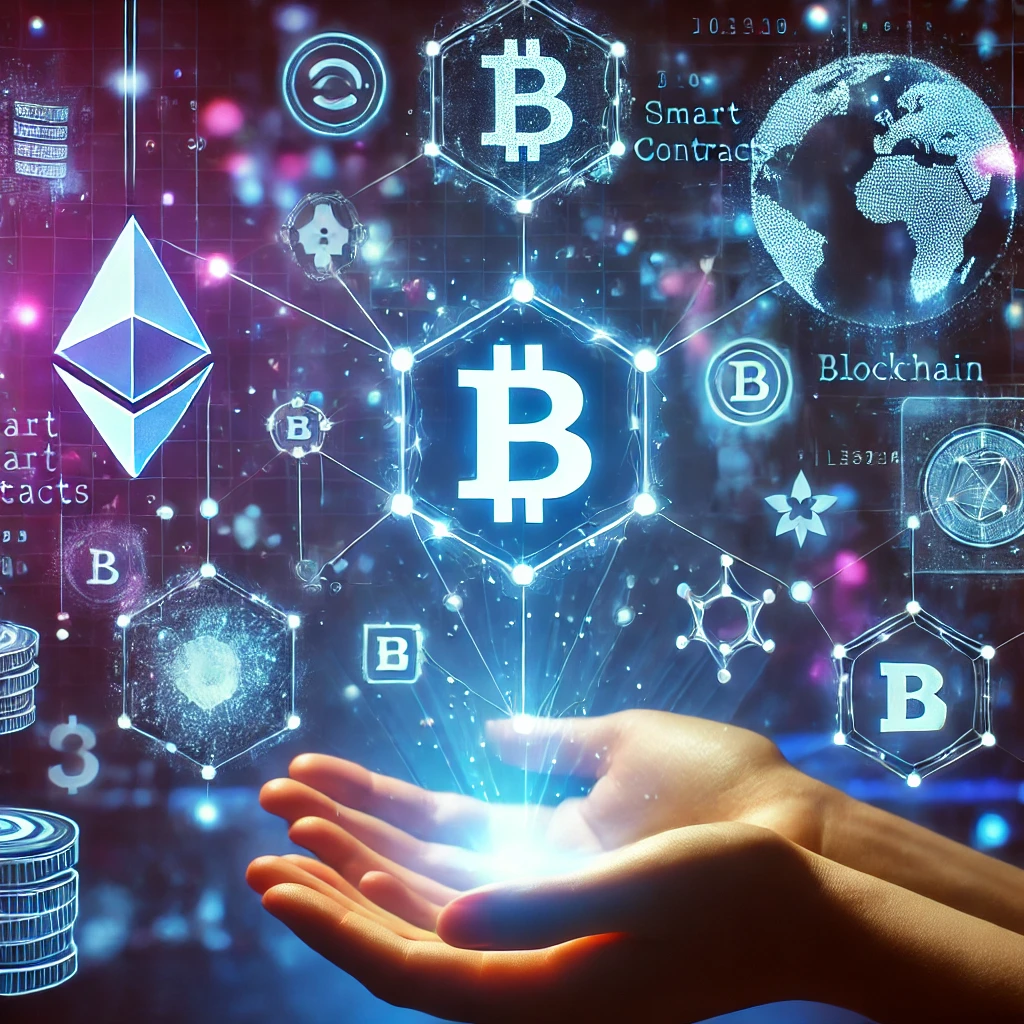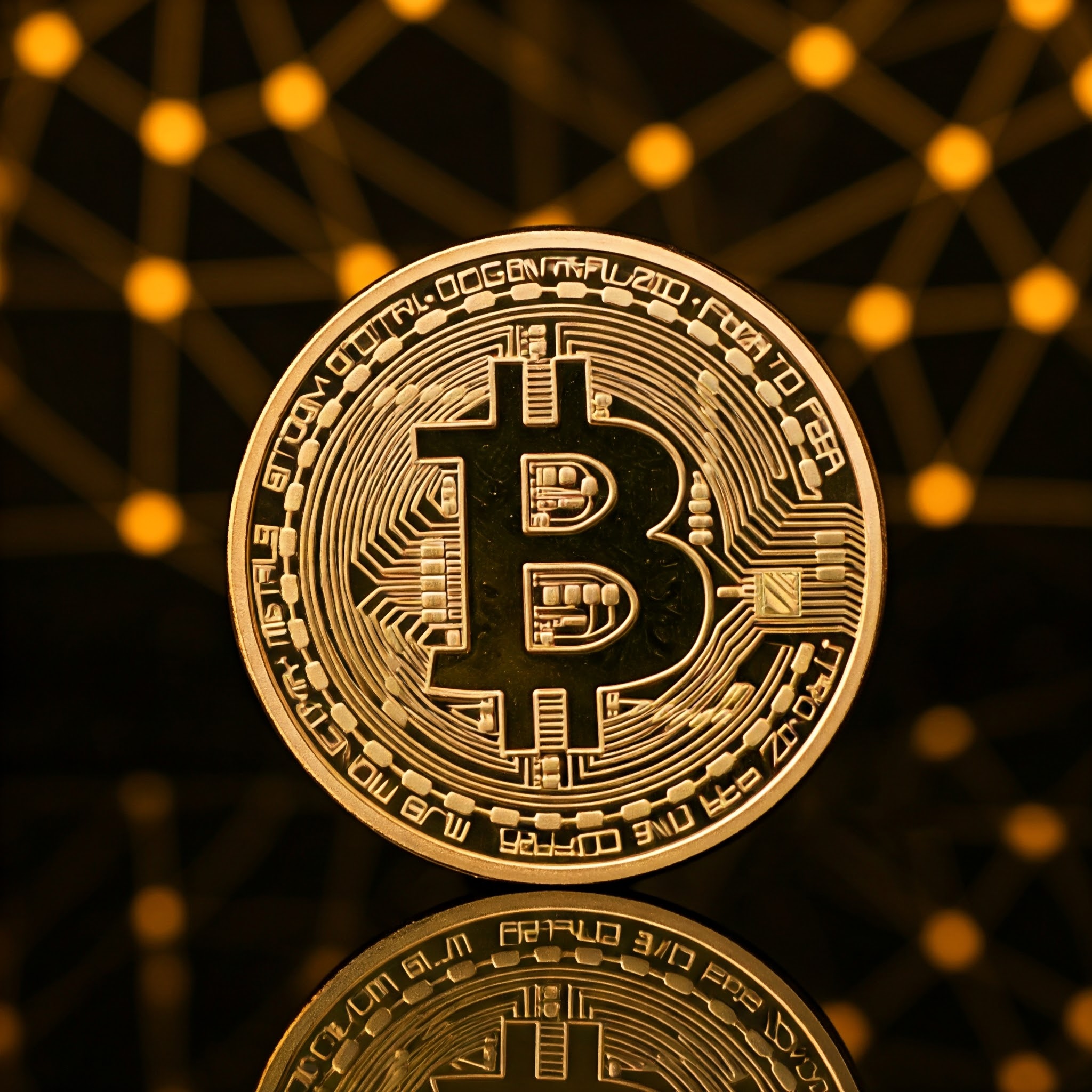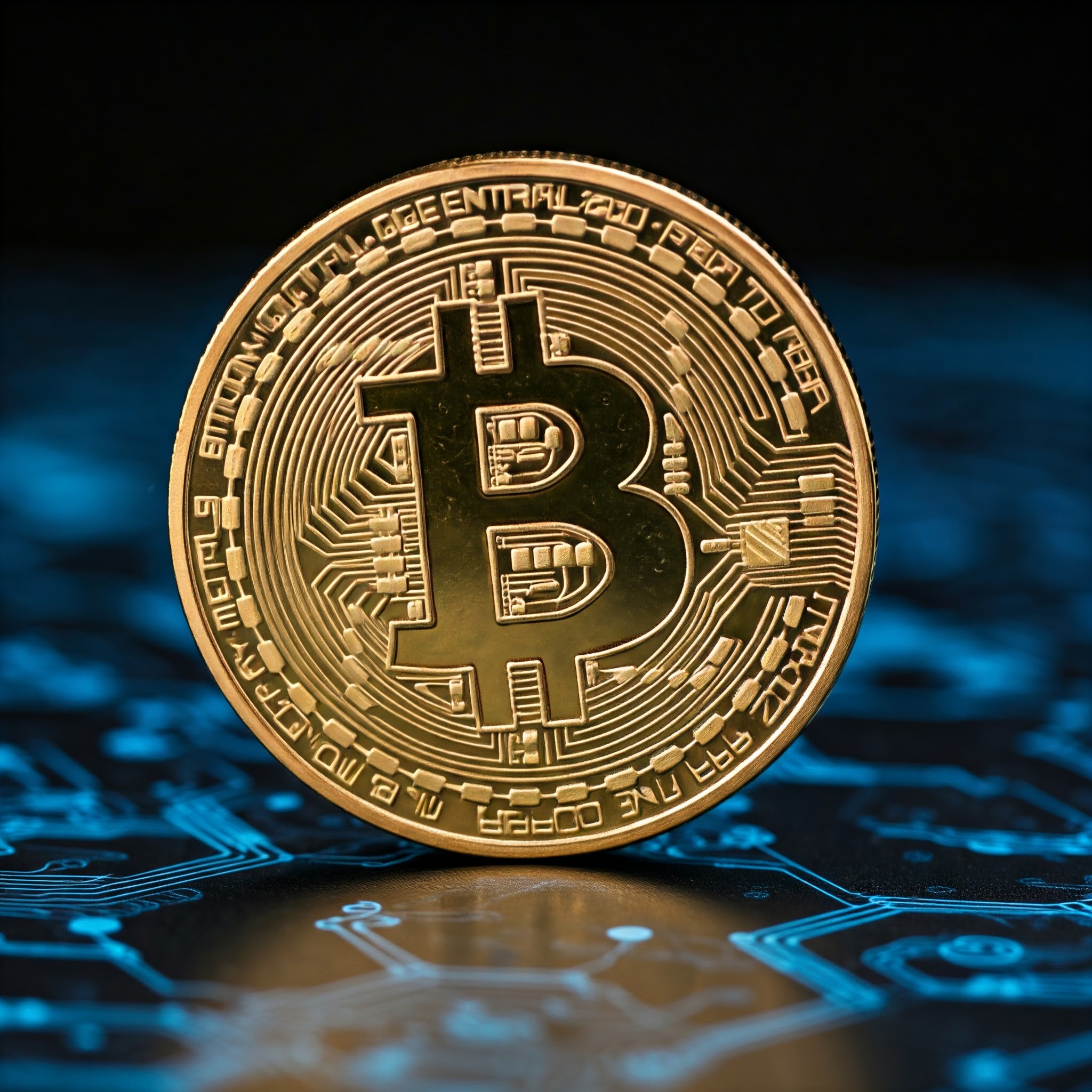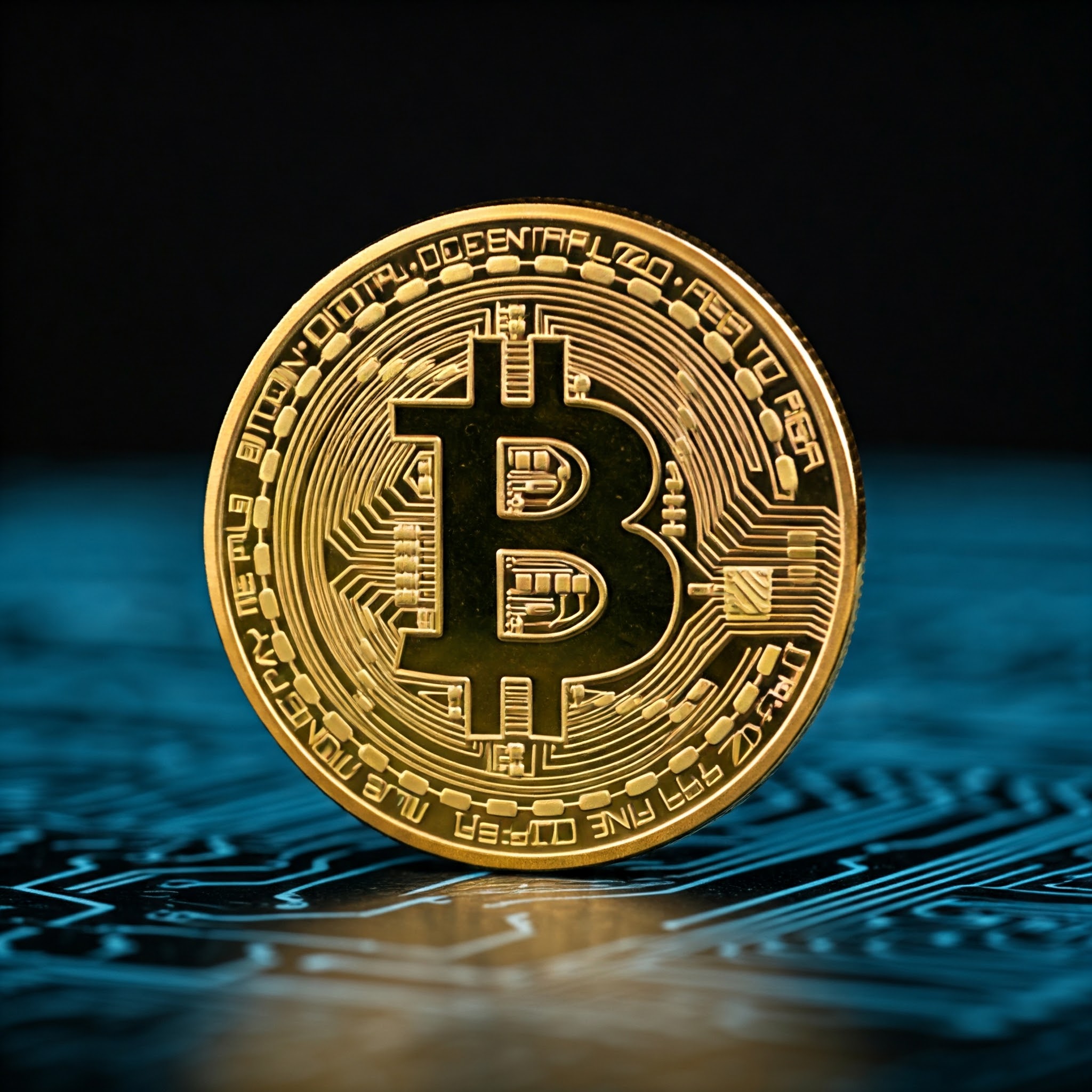Understanding Key Blockchain and dApp Terminology

Blockchain technology and decentralized applications (dApps) have revolutionized how we interact with digital systems.
Blockchain technology and decentralized applications (dApps) have revolutionized how we interact with digital systems. To navigate this growing ecosystem, it’s essential to understand the foundational terms that define it. Here’s a glossary of key blockchain and dApp-related concepts explained in simple terms.
Key Terms
-
Dapp (Decentralized Application)
A software application that runs on a decentralized network like a blockchain. Unlike traditional apps controlled by central entities, dApps leverage blockchain to provide transparency and autonomy. -
Decentralization
The process of distributing control away from a single authority, allowing systems or networks to be governed collectively by participants. -
Blockchain
A secure, digital ledger that records transactions across a network of computers, ensuring transparency and immutability. -
Ethereum
A leading blockchain platform that supports the development of dApps through its smart contract functionality. It enables decentralized financial applications, gaming, and more. -
Ethereum Virtual Machine (EVM)
The runtime environment for executing smart contracts on Ethereum, ensuring uniformity and interoperability for developers building on the platform. -
Smart Contract
A self-executing program where the terms of the agreement are directly written into code. Smart contracts automate processes without the need for intermediaries. -
Immutable
Data stored on a blockchain is unchangeable, providing integrity and security to records and transactions. -
Peer-to-Peer Network (P2P)
A decentralized communication model where participants (peers) interact directly without relying on a central server. -
Zero Downtime
A feature of dApps that ensures continuous operation as long as the blockchain network remains active, preventing disruptions. -
Censorship Resistance
The inability of any single authority to block access to or tamper with a dApp, ensuring freedom of use for all participants. -
Trustless Execution
Transactions or agreements occur without needing to trust a central authority. Instead, the blockchain and smart contracts ensure reliability. -
Gas Fees
Transaction fees paid on blockchain networks, like Ethereum, to reward validators for processing and including transactions in the blockchain. -
Yield Farming
A process in decentralized finance (DeFi) where users earn rewards by providing liquidity to DeFi platforms. This allows users to maximize returns on their crypto assets. -
Non-Fungible Token (NFT)
A unique digital asset verified on the blockchain, often representing art, music, collectibles, or in-game items. NFTs are one-of-a-kind and cannot be exchanged on a one-to-one basis like regular cryptocurrencies. -
Decentralized Exchange (DEX)
A platform for trading cryptocurrencies directly between users (peer-to-peer) without relying on a central authority or intermediary. -
Liquidity Pool
A collection of cryptocurrency funds locked in a smart contract that facilitates trading on decentralized exchanges and supports yield farming. -
Proof of Stake (PoS)
A blockchain consensus mechanism where validators are chosen to process transactions based on the number of tokens they own and are willing to stake. This method is more energy-efficient than Proof of Work (PoW). -
Tokenization
The process of converting physical or traditional assets, like real estate or stocks, into digital tokens on the blockchain. This allows for easier trading and fractional ownership.
By mastering these concepts, you’ll gain a better understanding of how blockchain technology and decentralized applications work. Whether you’re exploring NFTs, using DeFi platforms, or just curious about blockchain, these terms serve as the building blocks for understanding this transformative technology.





